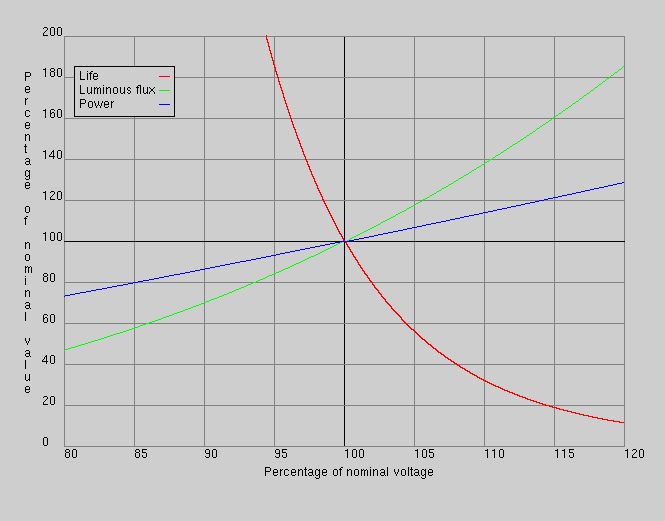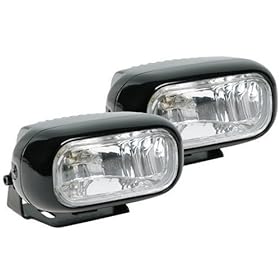jkirkebo
Well-known member
I will be driving my Leaf a lot on dark country roads with little traffic. The Leaf low beams are fine, but the high beams suck compared to the bi-xenon lights in our VW Touran.
The Leaf seems to use H9 lamps, and there are a lot of 55W H9 conversion kits for sale cheap. They are plug and play, and available for different color temperatures (I'd want 4000-5000K).
Does anybod see any potential problems in swapping the 65W halogens for 55W HIDs ? Temperature should not be a problem as that is a function of wattage ?
The Leaf seems to use H9 lamps, and there are a lot of 55W H9 conversion kits for sale cheap. They are plug and play, and available for different color temperatures (I'd want 4000-5000K).
Does anybod see any potential problems in swapping the 65W halogens for 55W HIDs ? Temperature should not be a problem as that is a function of wattage ?





